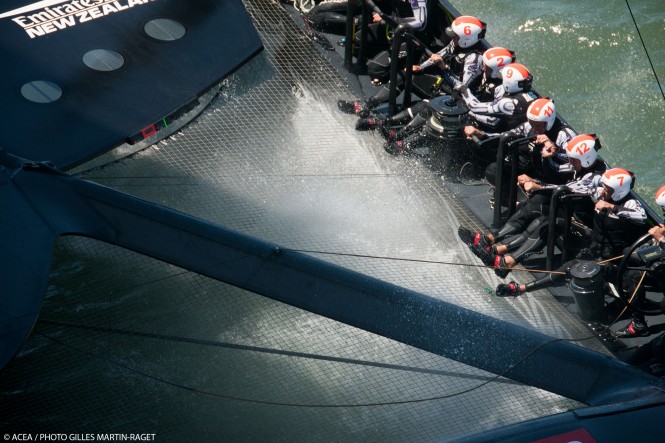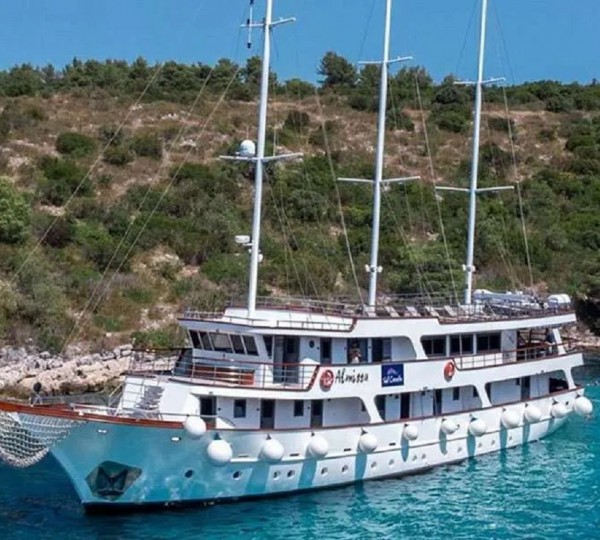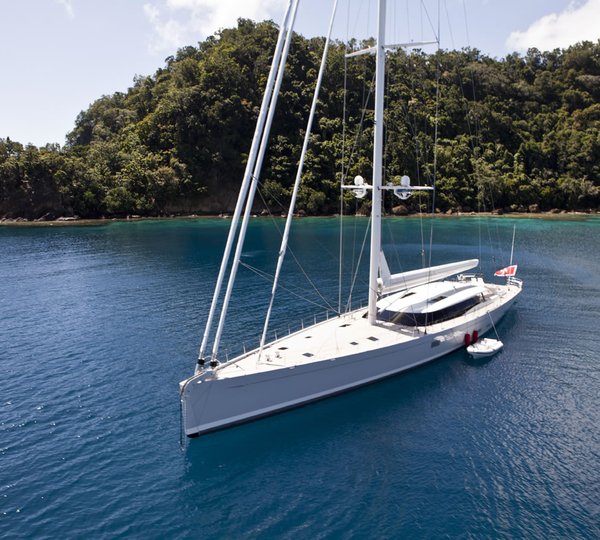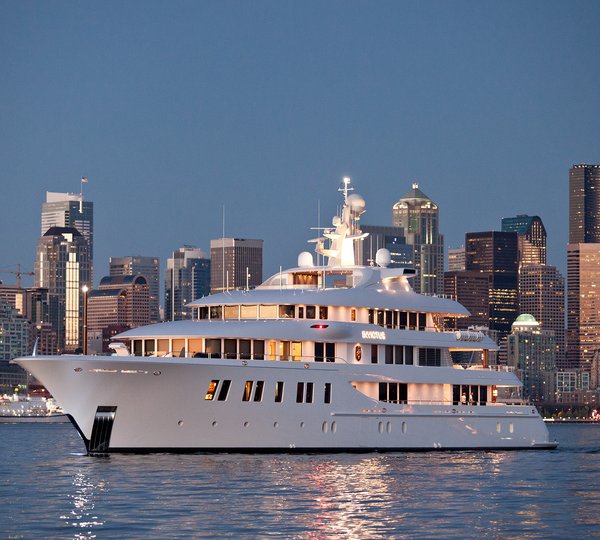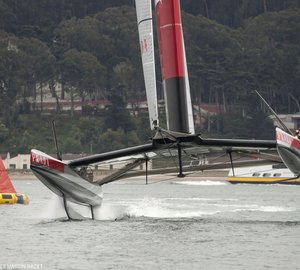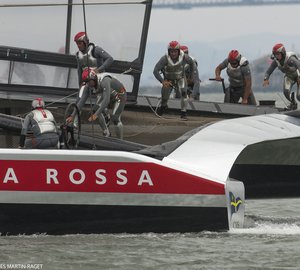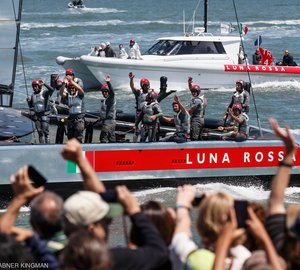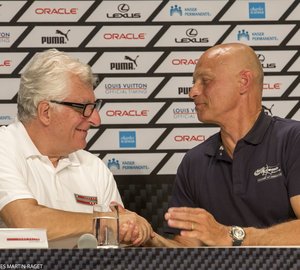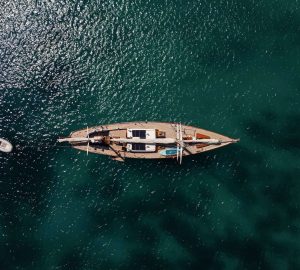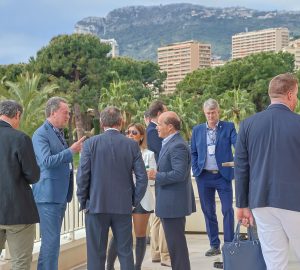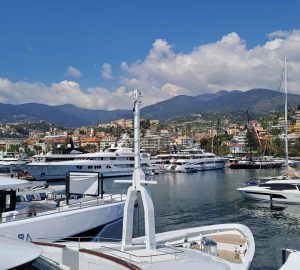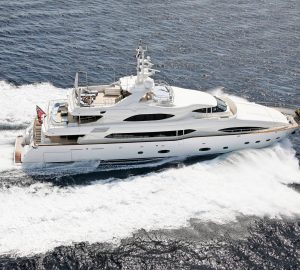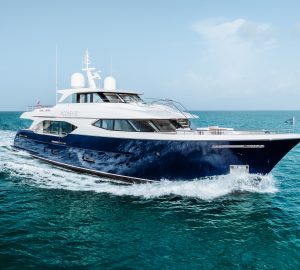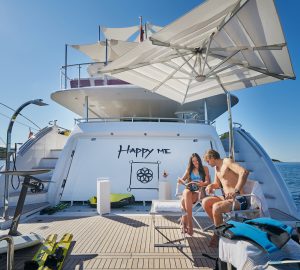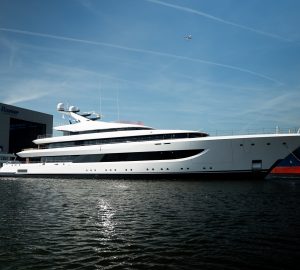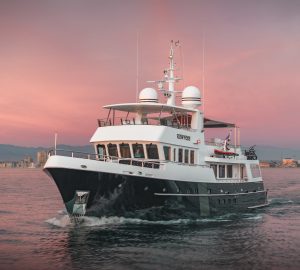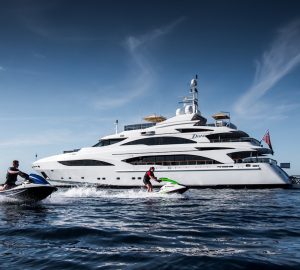Today, July 8, 2013, saw the Emirates Team New Zealand gain its second point of the Louis Vuitton Cup, the America’s Cup Challenger Series, in an unopposed race on San Francisco Bay.
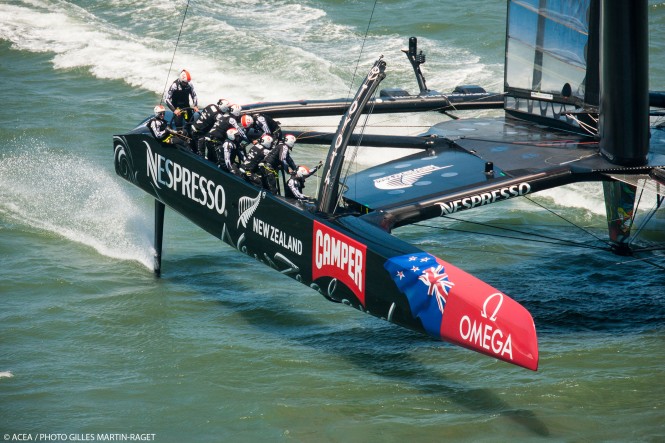
34th America's Cup - Louis Vuitton Cup - Round Roin - Race day 2 - Emirates Team New Zealand Vs Artemis (forfeit) - Photo credit to ACEA/Photo Gilles Martin-Raget
Skipper Dean Barker and crew were scheduled to race Artemis Racing, but the Swedish team is still assembling its second AC72 wing sail catamaran and won’t be ready to sail for another two weeks.
Once again, the New Zealanders looked slick on their AC72, Aotearoa. They completed the 16.16-nautical–mile course in 45 minutes, 28 seconds (about one minute quicker than Sunday’s race) and achieved a top speed of 43.26 knots, 49.7 mph. The wind was slightly stronger today, peaking at 20 knots as opposed to 16 knots on Sunday.
“There was a little bit more breeze today, probably a knot or two on average compared to the other day,” said Ray Davies, the tactician. “We took a few things away from that first day, and worked on it; studied the video. It’s good to have proper video footage, so we can analyze things better. It’s an opportunity to watch, learn and improve.”
The Kiwis were the first team to launch an AC72 and have spent more time training on it than any other team. They were the first team to start hydrofoiling, and have put all of that practice on display in the first two races of the Louis Vuitton Cup, despite the lack of competition.
“They’re slick in jibing,” said Murray Jones of ORACLE TEAM USA, which was practicing on the racecourse before Emirates Team New Zealand’s race against the clock. “But our programs are different. They have to race now and we don’t have to start racing until September. We’ve been working on our straight-line speed and now we’re moving into the race training portion of our program.”
The speed Emirates Team New Zealand has displayed the past few days has left some of the most veteran America’s Cup personalities in awe.
“I come from 3,000 to 4,000 hours of sailing a 12-Meter off Fremantle,” said Regatta Director Iain Murray, hearkening back to the 1987 America’s Cup off Western Australia. “The time we spent trying to tack a boat and minimize our speed loss from 8.25 knots down to 6.5 in a tack. I look at these boats go from 21-22 knots and touch on maybe 10 as the bottom speed in a tack, maybe 25 knots as the bottom in a jibe, these are speeds we’ve never seen before in sailing.
“The young people, the youths in the Red Bull Youth America’s Cup, the kids in Optimist dinghies and on boards and kites, they’re hooked on this technology and excited for our sport going forward. The development that has come out of these America’s Cup boats is engaging for these young kids,” Murray said.
The next race in the Louis Vuitton Cup is scheduled for Thursday.


